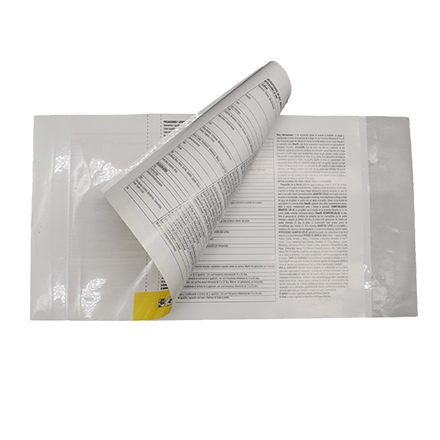Comprehensive Guide to Sticker Label Printing
What is Sticker Label Printing?
Sticker label printing is a specialized digital or offset printing process that produces adhesive-backed labels for identification, branding, or informational purposes. Modern label printers achieve resolutions up to 2400 dpi with color gamuts covering 98% of Pantone colors, while industrial-grade machines can output 100+ meters per minute of continuous label material. The process typically uses UV-curable inks with >90% opacity and adhesion strengths ranging from 300-800 g/inch depending on substrate.

Key Technical Characteristics
Print Resolution: Ranges from 300 dpi for basic thermal transfer to 2400 dpi for high-end flexographic printing
Color Accuracy: ΔE values typically <3 for professional-grade printers
Material Thickness: Supports substrates from 20μm PET films to 350μm rigid plastics
Adhesive Performance: Temperature resistance from -40°C to 150°C for industrial applications
Production Speed: Digital presses achieve 30-50 A4 sheets/minute, while flexo presses reach 200+ meters/minute
Primary Applications of Sticker Label Printing
1. Product Labeling & Packaging
In consumer goods, labels must withstand 6-12 months of shelf life with >95% legibility retention. Barcode labels require ANSI/ISO Grade A print quality for reliable scanning, with minimum quiet zones of 3.2mm. Pharmaceutical labels often incorporate tamper-evident features and UV-reactive inks for authentication.
2. Industrial Asset Tracking
Industrial Labels use UL/CSA certified materials with 5+ year outdoor durability. Chemical-resistant variants withstand 500+ hours of salt spray testing (ASTM B117). RFID-enabled labels operate at 13.56 MHz (HF) or 860-960 MHz (UHF) frequencies with read ranges up to 10 meters.
3. Promotional & Decorative Uses
Vehicle wraps use 3M Controltac films with 200% stretch capability and 7+ year durability. Indoor decorative prints achieve ΔE<2 color matching with 170° viewing angles. Holographic security labels incorporate 2D/3D microstructures with 500-5000 lpi diffraction patterns.
4. Specialized Applications
Autoclave labels withstand 134°C sterilization cycles, while cryogenic labels maintain adhesion at -196°C (liquid nitrogen temperatures). Electronics labels meet UL 969 standards with 94V-0 flame ratings. Food-contact labels comply with FDA 21 CFR 175.105 regulations.
Maintenance & Care Procedures
Printer Maintenance
Daily cleaning should remove >95% of ink buildup from print heads using pH-neutral cleaners. Monthly maintenance includes:
Lubrication of mechanical components with ISO VG 32 grease
Calibration of color sensors to ±0.5ΔE tolerance
Replacement of UV lamps after 1000-1500 operating hours
Material Storage
Label stocks should be stored at 20-25°C with 40-60% RH, away from direct sunlight. Rolls must be positioned vertically with ≤3 layers per pallet to prevent deformation. Adhesive performance degrades by 15-20% per year in suboptimal conditions.
Print Head Care
Piezo-electric print heads require weekly flushing cycles using 10-15ml of manufacturer-recommended cleaning fluid. Thermal print heads should be cleaned after every 8 hours of operation with alcohol-free wipes. Nozzle checks should show ≥98% firing accuracy.
Environmental Controls
Maintain workshop air quality below 50 μg/m³ particulate matter (ISO 14644-1 Class 8). Humidity should remain within ±5% of material specifications to prevent curling. Static control measures should maintain surface resistance between 10^6-10^9 ohms.
 English
English

